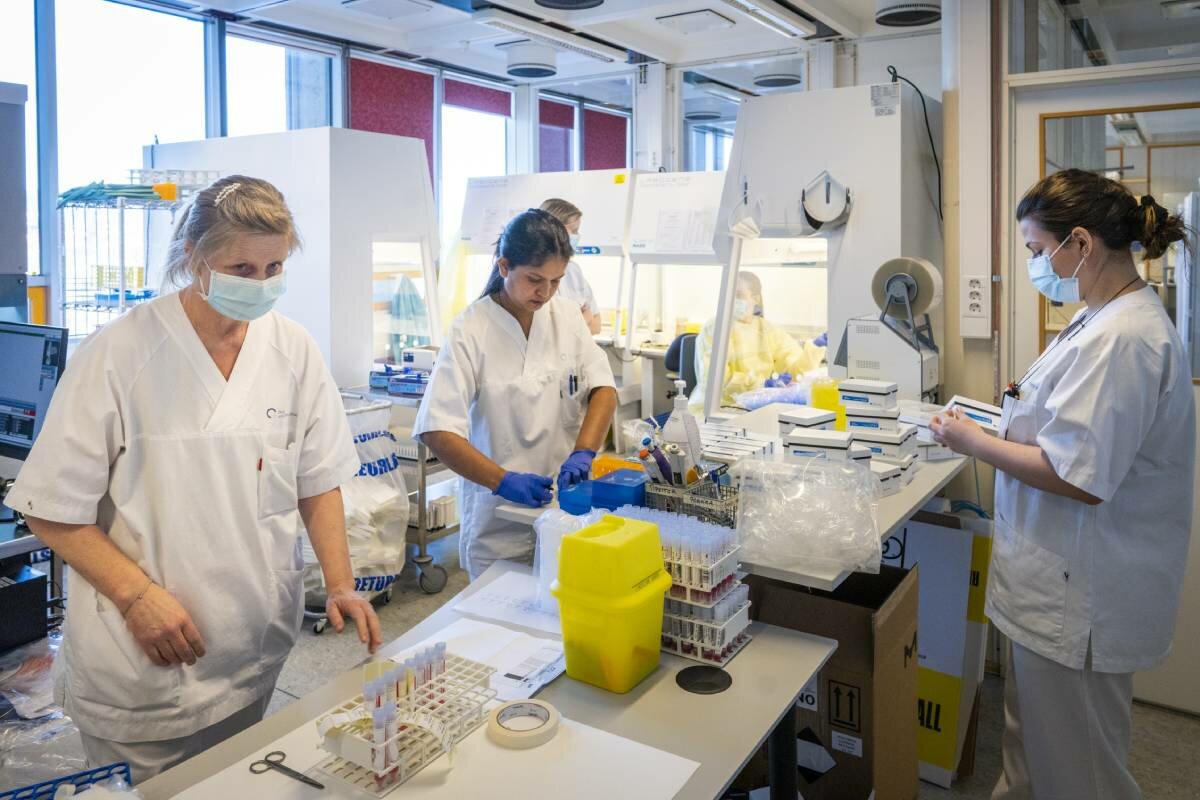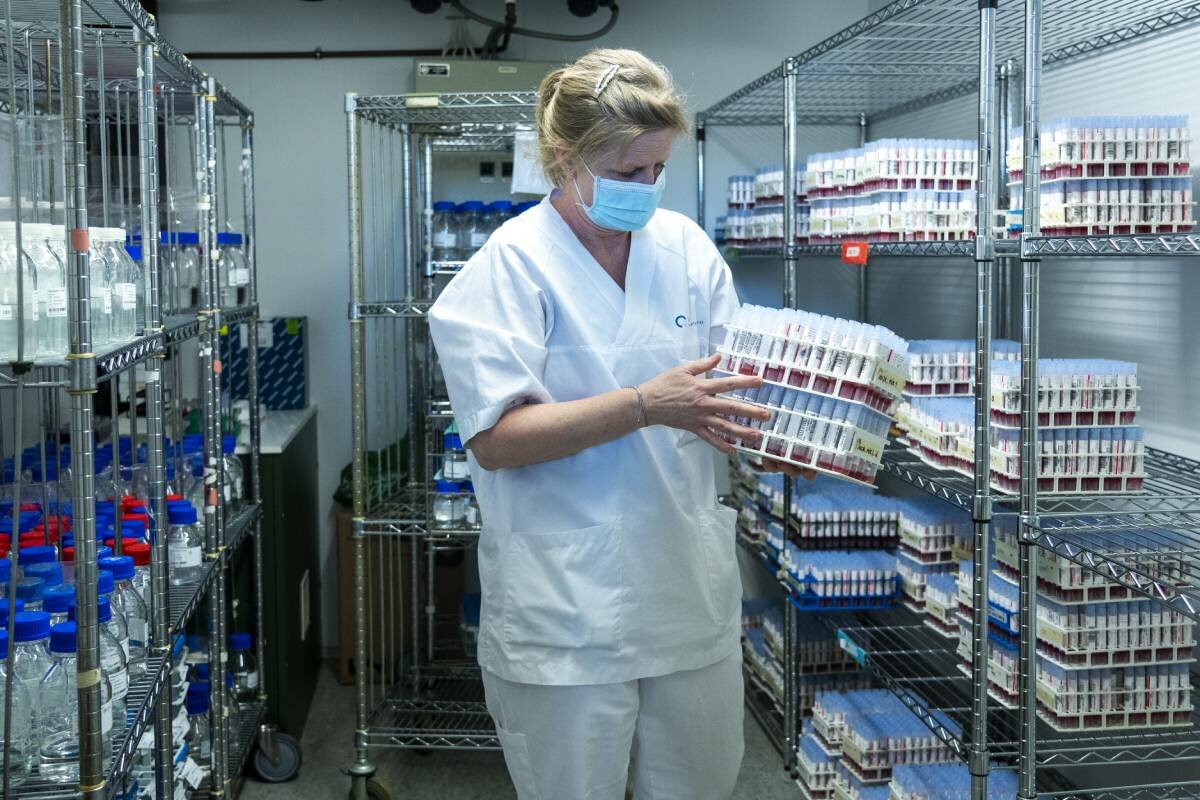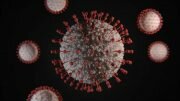In a building at Ullevål hospital, work on finding the mutated coronavirus is in full swing.
The mutated coronavirus continues to appear in several places in Norway. The time it takes to check positive corona samples for the mutated corona variant has lately received a lot of publicity.
“The time pressure is definitely present,” Dag Undlien said.
Undlien is head of the medical genetics department at the Clinic for Laboratory Medicine at Oslo University Hospital (OUS).
“We quickly realized that we had to look at evening and weekend work. If this is to last for a while, then we will set up more regular shifts,” he told news bureau NTB.
However, while the positive corona samples are being tested thoroughly, the British mutation continues to emerge around the country.
The FHI asks for help
The Norwegian Institute of Public Health (FHI) has been criticized for being slow in the sequencing of virus samples in Norway compared with, among others, Denmark.
For example, the FHI has previously spent 13 days analyzing corona samples for the mutated virus from Nordre Follo.
Since then, the Institute has taken action to try to cut down on time.
At the beginning of January, the OUS was contacted by the FHI with a request for help to test positive corona samples for the mutated virus.

The OUS has far more powerful computers, which are needed for sequencing.
The samples must go through a number of instruments before they are then run through the sequencing machine itself.
– Why does it take so long?
“There are four things that take time. We may spend one day on the actual test preparation. Then there is the machine, which takes about 24 hours,” Undlien said.
“Then there is the actual calculation process where powerful computers process all the data, which takes around twelve hours. And finally, there is the interpretation itself – where it is decided what type of virus we are facing,” he said.
Scaling up
The sequencing machine now tests about 1,000 positive corona tests a week. At the end of last week, an increase in the department’s capacity at the OUS was discussed.
“I think at least we should be able to get up to 300 per day without making big changes. If we are to go through up to 800 a day, then we have to reallocate,” Undlien said.
The mutated corona variant, which has been named B117, first appeared in the United Kingdom, before it quickly spread to Denmark. Many positive corona samples for the mutated virus were tested there early on.

Budget cuts
FHI chief Camilla Stoltenberg pointed out to newspaper VG that cuts in the Institute’s budgets could be part of the explanation for the time difference between the Danes’ and the Norwegians’ test processes.
Last week, Minister of Health Bent Høie (H) defended the FHI cuts.
The mutated virus has now been detected in a number of places in Norway, most recently in several municipalities in Østfold.
Source: © NTB Scanpix / #Norway Today / #NorwayTodayNews
Do you have a news tip for Norway Today? We want to hear it. Get in touch at [email protected]






Be the first to comment on "PHOTO: The challenging hunt for the mutated virus: “We feel the pressure of time”"